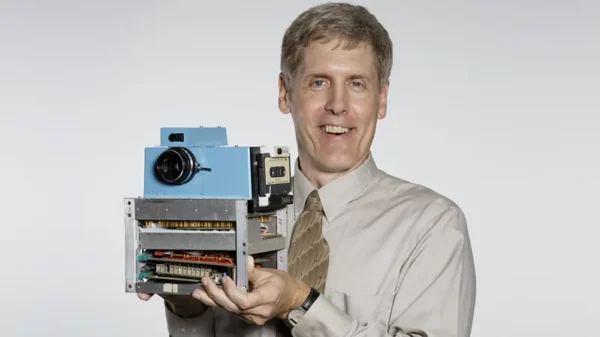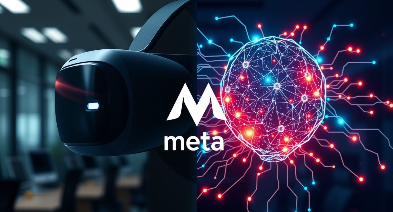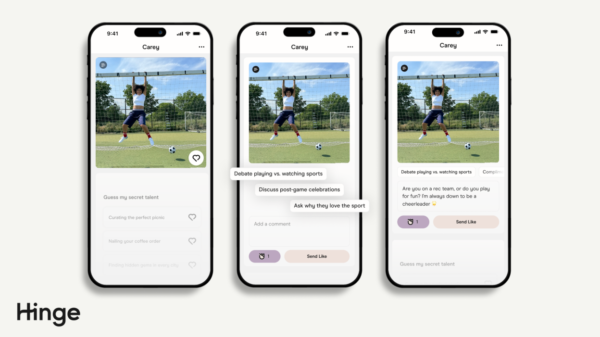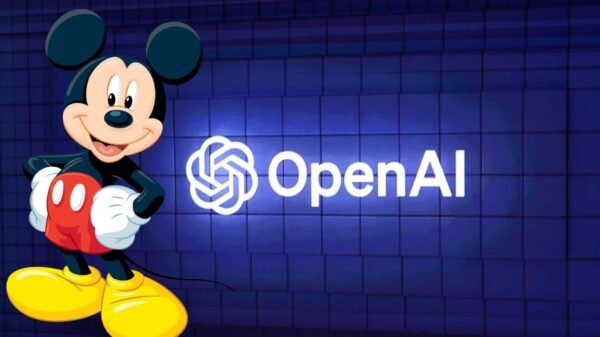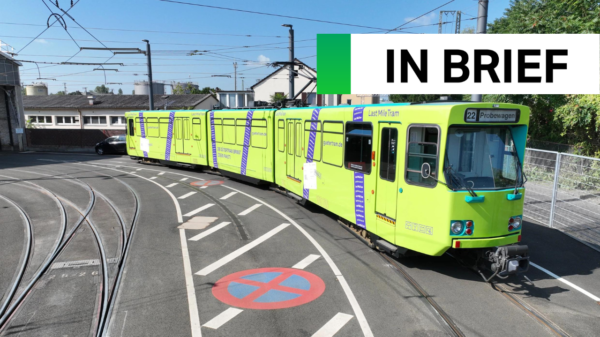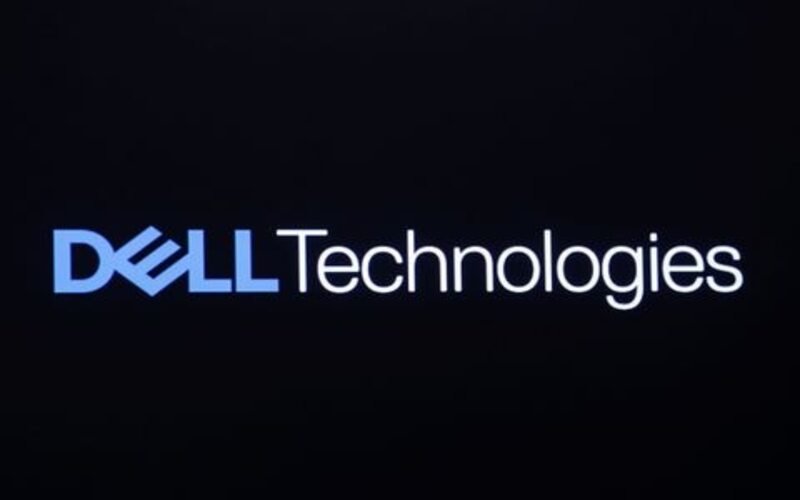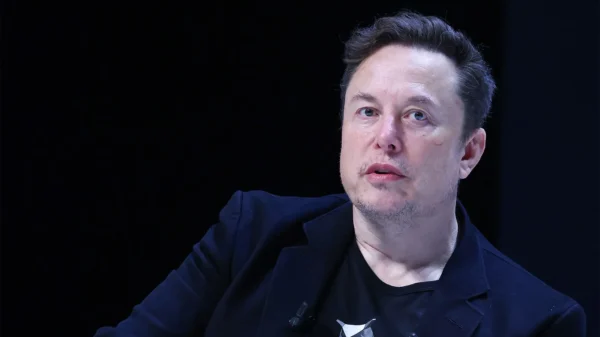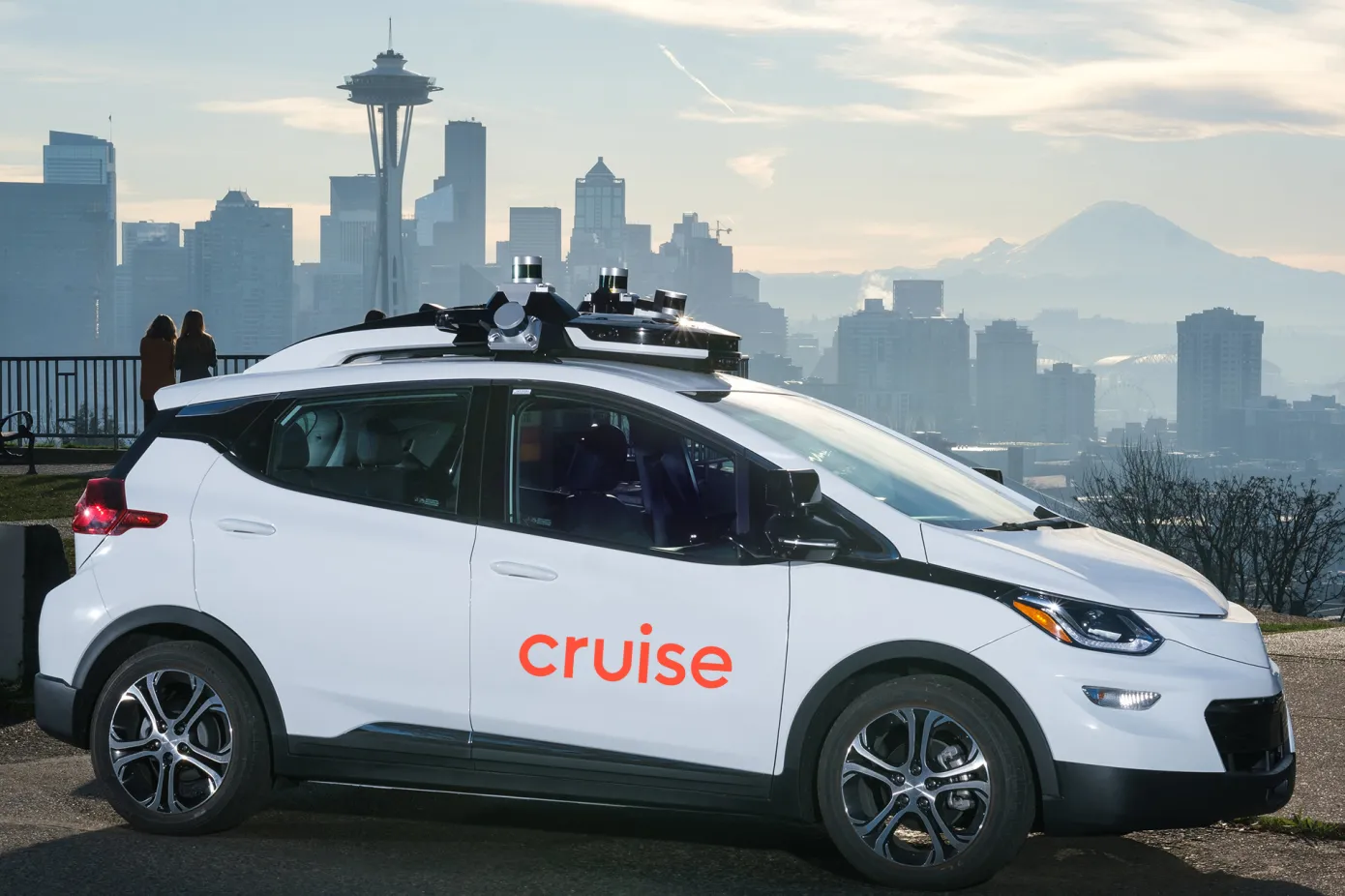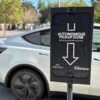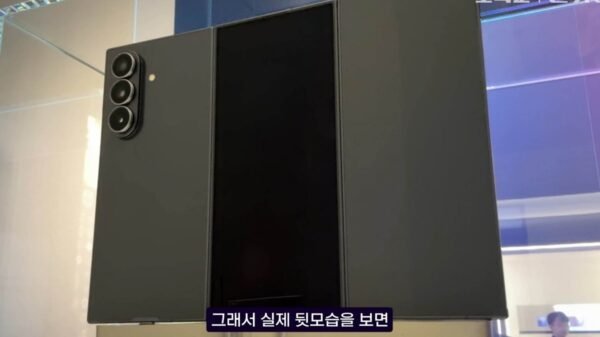Cruise, the self-driving arm of General Motors (GM), has taken a momentous step in the world of autonomous vehicles by commencing its initial robotaxi testing and data collection in the vibrant city of Miami. This significant move comes as Cruise aims to familiarize its fleet with diverse road conditions while gathering valuable data during Phase 1 of its testing program. With the rapidly evolving landscape of autonomous technology, this comprehensive article delves into the details of Cruise’s robotaxi testing initiative, its expansion plans, and the implications for the future of self-driving transportation.
Phase 1: Pioneering Autonomy in Miami
Cruise’s Phase 1 of robotaxi testing in Miami seeks to acclimate its fleet of self-driving vehicles to a range of challenging road scenarios. By exposing the autonomous systems to various conditions, Cruise aims to refine and optimize its AI algorithms, ensuring the safety and reliability of the technology. While the company’s tweet announcing the commencement of testing lacks specific details regarding Phase 2 and subsequent stages, it demonstrates Cruise’s commitment to steady progress and a well-thought-out approach to autonomous deployment.
Expansion to Houston and Dallas

Photo: Cruise
Building upon its expertise and success in San Francisco, where it competes with Alphabet’s Waymo, Cruise made a strategic move by expanding its operations to Houston and Dallas. The AV company has already initiated supervised testing in these cities, where human safety drivers are present in the vehicles, ensuring an added layer of safety during the early phases of testing. However, Cruise has ambitious plans to transition to driverless testing soon, ultimately paving the way for driverless ride-hail services for the public.
Cruise’s Vision: Autonomous Chevrolet Bolts and Cruise Origins
While Cruise refrained from confirming the deployment of autonomous Chevrolet Bolts in Miami, it remains steadfast in its commitment to the Cruise Origin, a purpose-built electric autonomous vehicle designed without a traditional steering wheel or pedals. Cruise’s then-CEO, Dan Ammann, previously revealed plans to introduce tens of thousands of Origins onto public roads in the coming years. The Cruise Origin represents a significant leap towards a driverless future where passenger comfort and safety are paramount.
The Path Ahead: Collaboration and Challenges

Photo: DANIEL VIÑÉ GARCIA
As Cruise spearheads its robotaxi testing initiative in Miami, it becomes one of the pioneers in the autonomous vehicle domain. However, it is not alone in its pursuit. Ford-backed Argo AI had previously ventured into Miami, intending to deploy its driverless service on Lyft’s platform. While Argo AI faced setbacks and ultimately discontinued its Miami project, Cruise aims to learn from the experiences of other companies, building on their successes and challenges.
The Regulatory Landscape
The future of autonomous vehicles depends significantly on regulatory approval and acceptance by city agencies and communities. In California, both Cruise and Waymo await permits from the California Public Utilities Commission (CPUC) to charge for robotaxi services throughout the state. The opposition from residents and city agencies may have led to delays in the permit approval process, underscoring the importance of addressing public concerns and establishing a clear regulatory framework.
Conclusion
Cruise’s initiation of robotaxi testing in Miami marks a remarkable milestone in the journey towards fully autonomous transportation. With Phase 1 focusing on diverse road conditions and data collection, Cruise exhibits its commitment to building a robust and safe autonomous vehicle platform. As the company expands to new cities and continues refining its technology, the dream of a driverless future inches closer to reality. Collaboration, regulatory support, and public acceptance will play crucial roles in shaping the future of self-driving rides, and Cruise is at the forefront of this transformative revolution.


